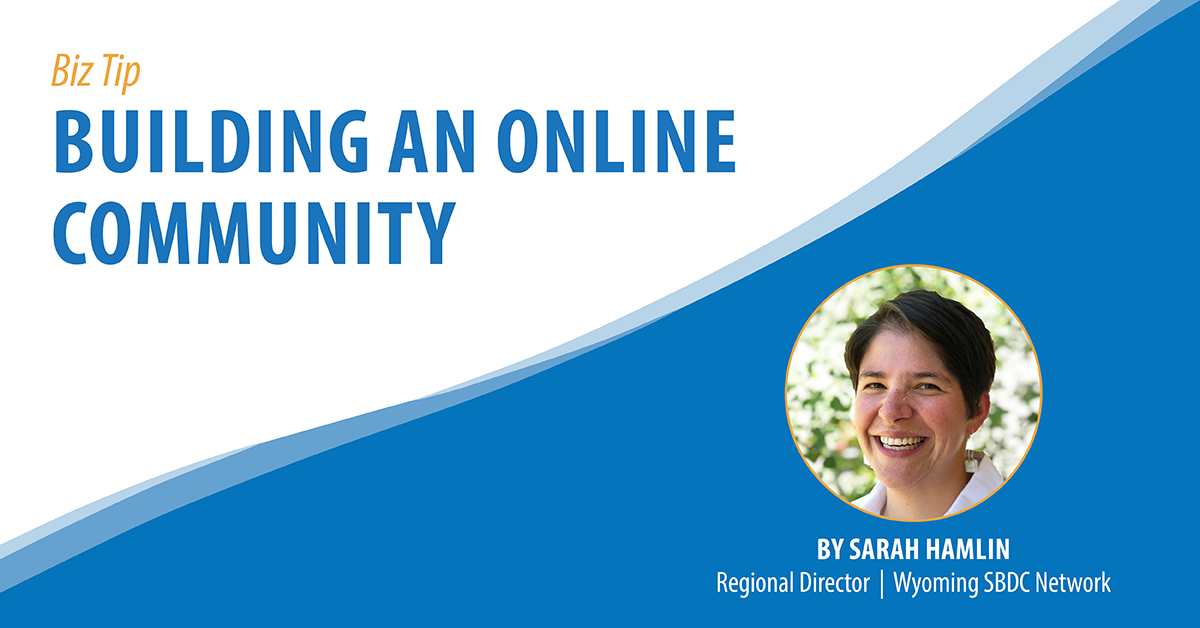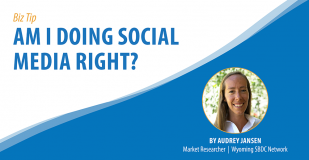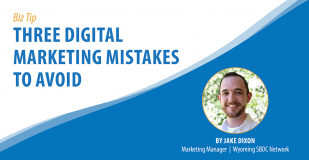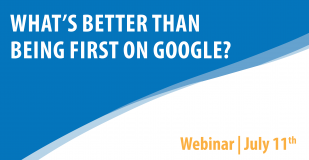In our current age of rapid information and automation, it is easy to forget how we used to communicate with our community. As a business owner, understanding the difference between building an online audience and building an online community is an important distinction.
If you have heard me say it once, you have heard me say it 100 times — as a small business owner, you need to have an understanding of your target market and audience. Knowing both the emotional and environmental factors that drive your audience to purchase decisions is the backbone to your success. With a well-defined audience we can make a well-defined marketing strategy. That being said, your audience is largely passive. The way they consume your content and your dialogue is exclusively one-way.
What is an Online Community?
When your audience starts to comment on your content, share it, engage with it, and continue to come back for more — then you have an online community. Building an online community around a specific topic that relates to your business helps increase your customer retention, lead generation, and audience reach.
Why Should You Build Your Online Community?
Your community is a resource.
An active community is full of discussion and this sharing becomes a resource for your customers. It is a place where they can come for tips and advice.
You will learn from you community.
By observing the questions and comments from your community, you can learn a lot about the pain points of your customers. Additionally, this is a great group to go to for questions about products, new services, etc. Use your community to get to know your audience better.
Communities foster customer retention.
By helping your customers feel more connected, they will also feel more invested in your brand. Don’t underestimate the value of the emotional bond you can create with your community. This leads to brand advocates, repeat business, and referrals.
Tips to Get Started:
- Decide where you will host your community. Will you use a free platform (like Facebook or YouTube) or an owned platform (like a community forum)? There are pros and cons with both. With a free platform, users do not have to pay to join and you have potential audience already spending time there. That being said, you are subject to the platform changes of the company who hosts the platform. We have seen a lot of this in the last two years with examples like Facebook. An owned platform allows you complete branding and messaging control, but you do have to find your audience and convince them to join you.
- Set the tone of your group, ask good questions, and encourage your members to invite their friends. Spend time creating the rules for your group. Remember, you want your audience to see this as a place that is both informational and safe to connect with like-minded individuals. Are you creating a group that revolves around shared interests and is collaborative or one that is more informational?
- Don’t shy away from video. Regardless of if this is live or recorded, video helps build trust with your community. Help your community put a face with your business name.
- Be consistent. Though there is no magic answer to how much you should post, consistency drives results. 2-3 times a week is a great jumping off point.
- Share other people’s content. Just like being a good dinner guest, asking questions, sharing interesting tidbits, and not just talking about yourself (or in this case your business) yields to future dinner invitations; not being solely focused on sale-y content in your online community will yield similar results.
- Though you don’t have to respond to every comment that is made, remember, someone in your community took time to share, so you should take time to respond.
Help is Available
If this is starting to look to you a lot like how you build community face-to-face, it should. Need help getting building an online community? Contact your local Wyoming Small Business Development Center (SBDC) Network advisor for no-cost, confidential assistance by clicking here.
About the Author: Sarah’s love for helping small businesses started when she was in high school working for a local, family-owned sporting goods store in northeast Ohio. Sarah specializes in social media and digital marketing, working with clients statewide to get their businesses online. When she’s not in the office, Sarah is plotting mountain and river adventures with her husband and three-legged pup, experimenting in the kitchen, and volunteering in the Lander community.






